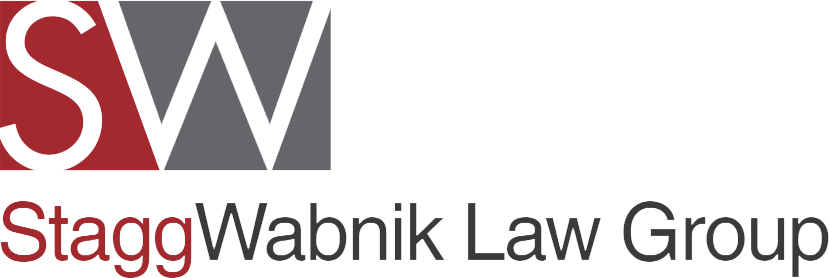Adapting to New York City's Scaffolding Law Reforms: What Contractors and Property Owners Need to Know in 2025
- Stagg Wabnik
- May 15
- 3 min read

New Reforms Reshape NYC’s Scaffolding Rules
New York City’s updated scaffolding laws, enacted in 2025, aim to reduce sidewalk congestion, improve pedestrian safety, and enhance the visual landscape of the city. These reforms directly affect contractors, property owners, and developers—especially those involved in façade maintenance and repair. Understanding the updated requirements is essential to avoid costly delays, violations, and penalties.
Key Changes in the 2025 Scaffolding Legislation
Shorter Permit Durations
Sidewalk shed permits for façade repairs have been shortened from one year to just 90 days. Any extension must be justified with documentation showing active work or valid cause for delay. Penalties for non-compliance start at $10 per linear foot per month, capping at $6,000 per month.
Updated Height and Lighting Requirements
To improve walkability and safety, the minimum height for sidewalk sheds has increased from 8 feet to 12 feet. Additionally, LED lighting with higher visibility standards is now required, making sidewalks safer for pedestrians after dark.
Greater Flexibility in Shed Appearance
The previously mandated hunter green color is no longer required. Property owners may now choose from a wider range of colors, allowing sidewalk sheds to better complement building aesthetics or branding.
Adjustments to Façade Inspection Scheduling
Proposed changes to the Façade Inspection and Safety Program (FISP) include lengthening inspection cycles from five years to six to twelve years and postponing the first mandatory inspection for new buildings from five to nine years.
What It Means for Contractors and Property Owners
These changes go beyond aesthetics. They introduce new logistical and regulatory responsibilities that directly impact project timelines, design planning, and ongoing compliance. Key considerations include:
Structuring project timelines around 90-day permit cycles. For example, a window restoration that might have been spread across quarters now needs a tighter schedule to stay compliant.
Designing scaffold systems to meet height and lighting requirements.
Using shed color choices to enhance visual appeal and reduce public complaints.
Planning façade inspections strategically to avoid unnecessary permit renewals.
Compliance Strategies
Plan Proactively – Build realistic schedules that align with the new 90-day permitting window.
Design with Code in Mind – Ensure scaffolding designs incorporate updated height and lighting standards.
Monitor Rule Changes – Stay current with DOB announcements and legislation affecting construction safety.
Keep Detailed Records – Maintain documentation of inspections, progress reports, and permit applications.
Enhance Visual Appeal – Leverage color options and design elements to improve the shed’s appearance and public perception.
Contact Stagg Wabnik Law Group
Navigating changing construction regulations requires knowledgeable legal guidance. Stagg Wabnik Law Group supports contractors, developers, and property owners with compliance strategies that minimize risk and keep projects on track.
For guidance on how these scaffolding reforms may impact your operations, call (516) 812-4550, visit our contact page, or explore our Construction Law services.
FAQ: NYC Scaffolding Law Reforms 2025
1. What happens if my project needs more than 90 days under the new permit rules?
You must submit documentation proving that work is ongoing or explain the reason for delays. Without valid justification, you could face fines starting at $10 per linear foot each month.
2. Can I still use the traditional green color for my sidewalk shed?
Yes, but it's no longer mandatory. Property owners now have flexibility in choosing colors that align with their building or brand aesthetic.
3. Are existing buildings affected by the extended façade inspection cycles?
Yes. The new cycles apply to both existing and new buildings, but older properties may have different inspection timelines based on their last FISP filing.

